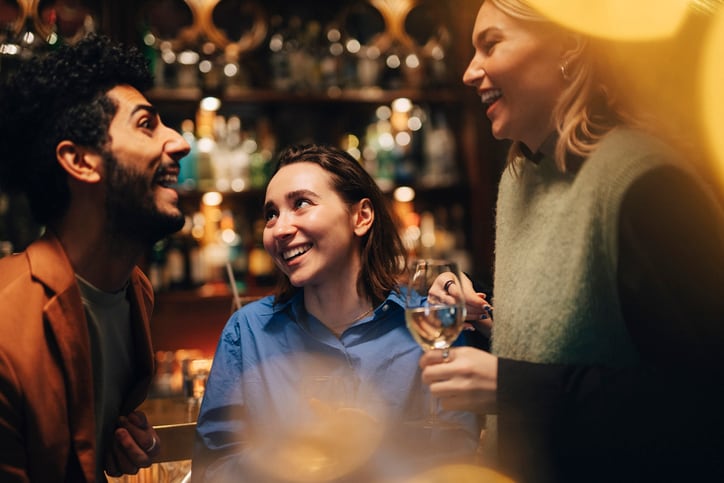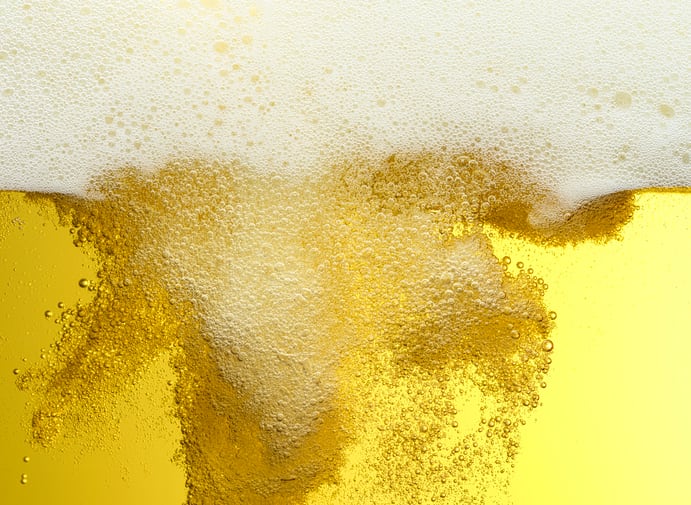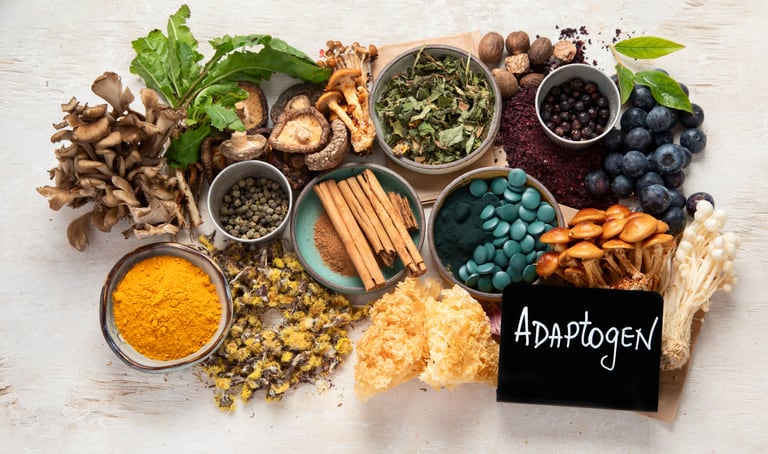Globally, there’s no consensus over terms such as ‘alcohol-free’, ‘non-alcoholic’, ‘dealcoholized’ and ‘low alcohol’: with each country coming up with its own regulations for the terms.
But most countries have agreed that ‘alcohol-free’ is a beverage with 0.5% ABV or below – except the UK.
Here, an ‘alcohol-free’ is defined as one at 0.05% ABV or below.
The definition of alcohol-free: does it matter?
The alcohol-free category is booming. Consumers want to moderate their alcohol intake, and are increasingly picking out alcohol-free drinks.
Alcohol is naturally present in tiny quantities across food and beverages.
A ripe banana, for example, can contain up to 0.4% ABV, while a burger roll can contain up to 1.28% ABV. Other foods containing alcohol include fresh fruits, bread, cakes, pastries, vinegar, soy sauce and yogurt.
A person drinking 1.5 liters of 0.5% beer over the course of an hour will have no physiological effect, according to a study from the University of Frieberg. The average human liver processes the alcohol in a 330ml 0.5% beer in less than 10 minutes.
To many consumers, then, the difference between 0.5% and 0.05% is negligible. But that’s not the whole story.
For some, that distinction is important: and serving a 0.5% alcohol drink is ‘a bit like giving a vegetarian a salad with some thinly cut ham’.
That might be important for consumers who choose not to drink for religious reasons, for example.
Ethical dilemmas: Transparency is the answer
Across the food and drink industry, there’s a drive for more transparency about what we eat and drink.
And that’s the same for alcohol-free products.
Regulation aside, making sure the exact ABV of a beer is clearly displayed on a product is the best way to ensure that consumers have the information they want to make the decision best for themselves.
That’s best seen in advice around alcohol-free products and pregnancy. The University of Freiberg study says that 0.5% beer is safe for drivers and during pregnancy.
However, many alcohol-free brewers refrain from giving medical advice, instead asking consumers to consult their doctors to make their own personal decision.
Issuing its guidance for alcohol-free marketing last year, The Portman Group, the industry’s self-regulator, says being transparent and clear about the exact ABV is the way forward – allowing women to make their own decision on such matters.
Would 0.5% ABV spur alcohol-free innovation in the UK?
One of the main reasons that support a move to 0.5% ABV in the UK is to create a level playing field for British brands on a global scale.
“Other key alcohol-free markets (EU, USA etc) use 0.5% ABV as their threshold for “Alcohol-free” or “non-alcoholic” terms,” explained Chris Hannaway, founder of the UK’s Infinite Session.
“With many products shared across these territories, it gives the UK a level playing field with brands from these countries.”
Find out more about low and no alcohol!
BeverageDaily will host a FREE-TO-ATTEND webinar on March 26, exploring the potential of the low and no alcohol category.
Our expert panel will share their perspectives on the category: Brian Rosen, InvestBev; Susie Goldspink, IWSR; Mark Wong, Impossibrew; and Dan Harwood, Eisberg.
Another quirk is that 0.5% ABV would also align alcohol-free beers with the UK’s own duty rules (which eliminate beers with less than 0.5% from alcohol duty). And the UK’s advertising standards watchdog, the ASA, also considers alcohol-free beers to be those under 0.5%.
But 0.5% ABV would also help encourage innovation among smaller brewers.
“The majority of independent brands in alcohol-free beer brew to 0.5% ABV, due to the ability to produce a depth flavour that is closer to alcoholic equivalents and the lower requirement for expensive alcohol removal equipment, such as reverse osmosis machinery,” explained Hannaway.
“It allows existing craft breweries the chance to brew alcohol-free beers on their existing equipment, which has given opportunity for further innovation and distribution on a local scale.”
Will the UK ever change its regulations?
In 2023, the UK government ran a consultation into low and no alcohol descriptors, asking - among other questions - whether the alcohol-free descriptor should be changed.
Since then, it’s gone quiet.
Laura Willoughby, founder of Club Soda, is leading a industry group of producers calling for the issue to be put back at the top of the agenda.
The delay, she told us, is partly down to the general election in 2024, which saw the government of 2023’s consultation replaced.
“0.5% and below should be called alcohol-free like most of the rest of the world,” she told us. “We want the government to change this.”
Alcohol-free in the on-trade
The British Beer and Pub Association is the latest to add its calls for the UK to change its descriptor to 0.5%.
Today, 86% of pubs now stock no and low options. And 8% even have one on draught.
But the BBPA points out that, at 0.05%, the UK non-alcoholic thresholds are the most stringent in the world.
That creates a lack of a level playing field, because British brewers are effectively penalized for creating an alcohol-free beer as they have less freedom.
It is calling on the government to change descriptions to help the alcohol-free category thrive.



